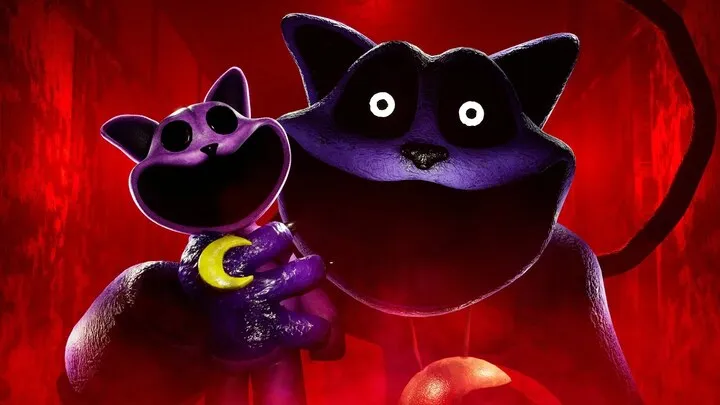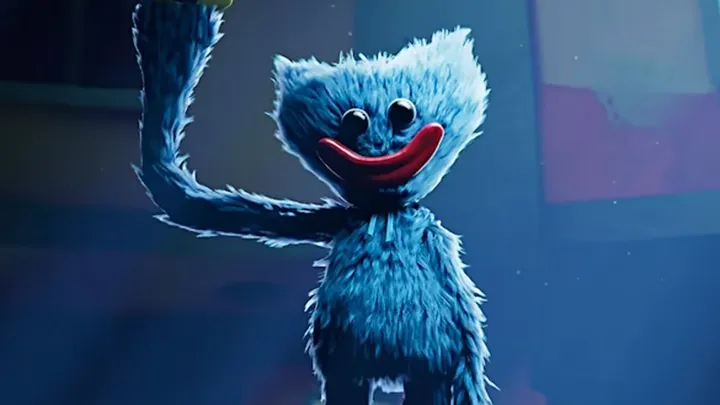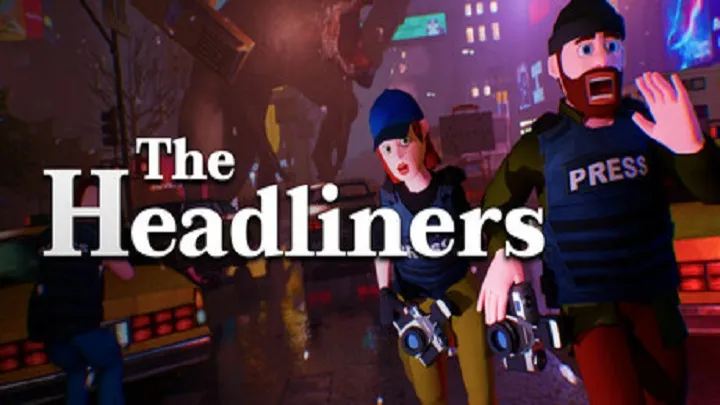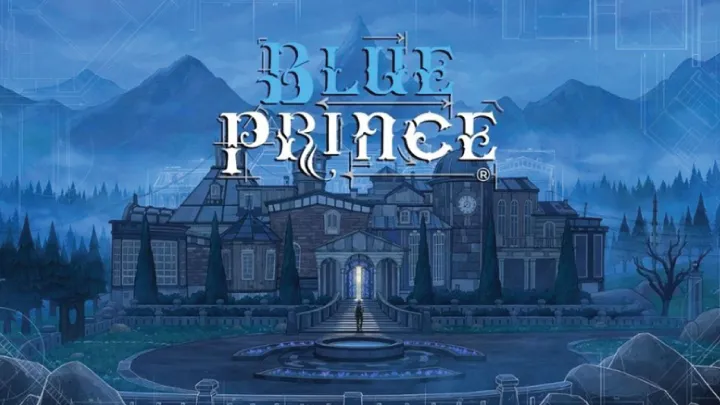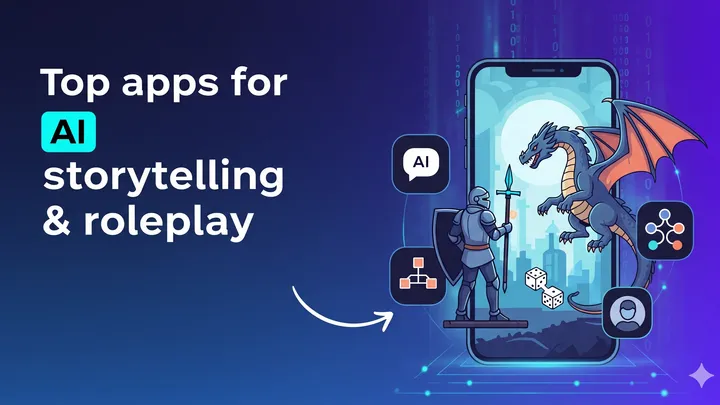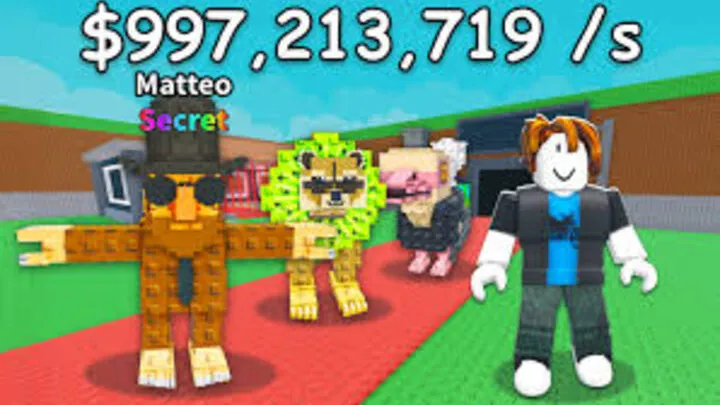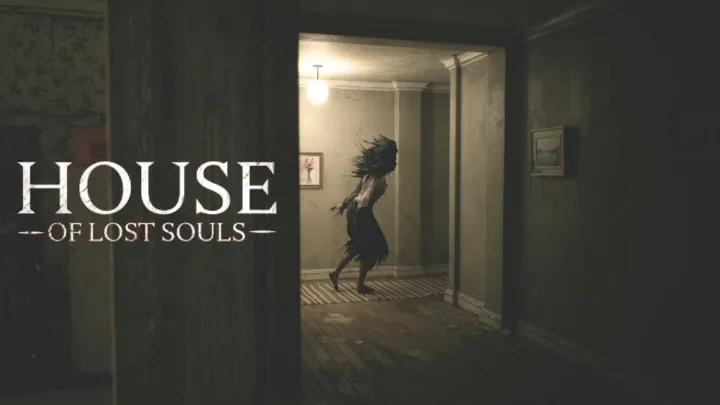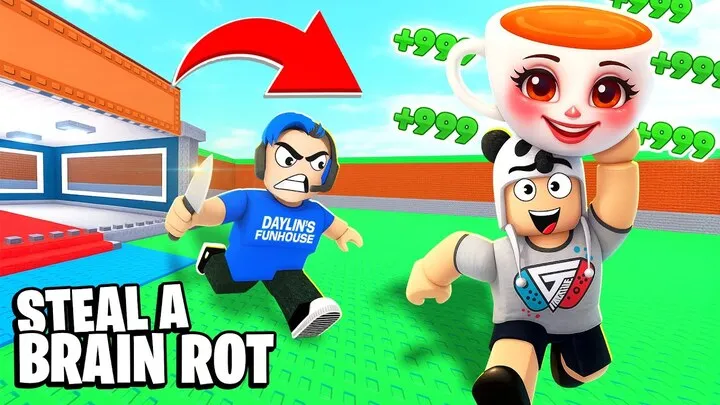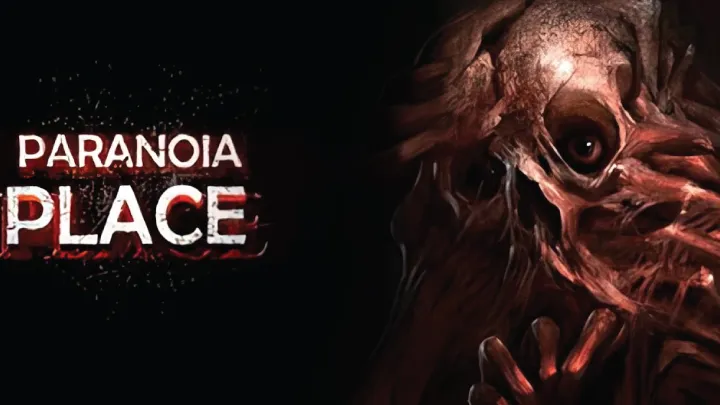A Hopeless Horizon: The Premise of Our Darkest Days
The zombie apocalypse genre has been a staple of gaming for decades, but few games have captured its pure, unadulterated dread like the Into the Dead series. The upcoming Into the Dead: Our Darkest Days promises to take this terror to a new level. It's not a story about becoming the hero who saves the world; it’s a desperate, personal journey of survival. The game’s premise is simple, yet profoundly unsettling: you are one of the last survivors in a city overrun by the undead, and your only goal is to make it to the next day. This shift from a linear, narrative-driven experience to a roguelike survival sandbox is a bold and exciting new direction for the franchise.
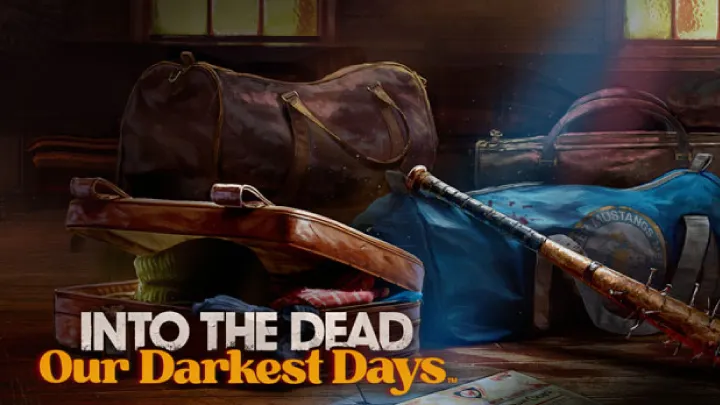
The core gameplay loop is built on a foundation of brutal realism and unforgiving choices. Players must scavenge for supplies, manage their hunger and thirst, and, most importantly, navigate a city teeming with zombies. The game’s horror is not in a single monster, but in the sheer overwhelming number of them. The zombies are a relentless force, an ever-present swarm that you can only temporarily evade. This sense of being a small, fragile human in a world that has already lost is what makes the game so terrifying. Every step you take, every decision you make, could be your last.
The City of the Dead: A World of Procedural Terror
What sets Into the Dead: Our Darkest Days apart is its masterful use of procedural generation. The city is not a static map; it’s a dynamic, ever-changing environment that ensures no two playthroughs are ever the same. This creates a powerful sense of unpredictability and replayability. A street that was safe one day might be an impassable horde the next. A building that you found shelter in during one run might be empty and dangerous in another. This constant state of flux forces players to adapt on the fly, relying on their wits and their knowledge of the game's mechanics rather than a memorized map.
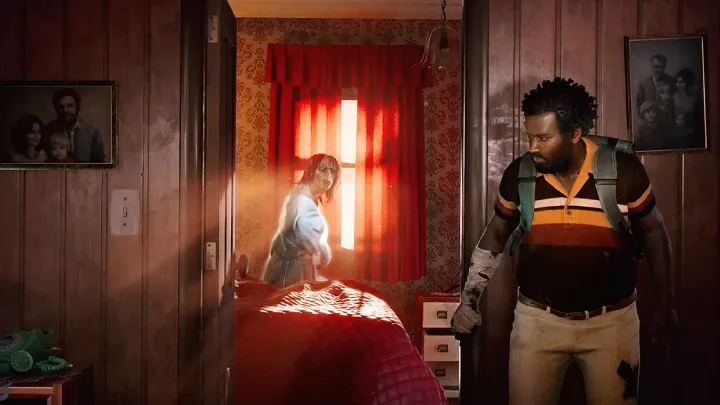
The Art of Survival
The game’s survival mechanics are as deep as they are unforgiving. Players must scavenge for food, water, and ammunition. Every resource is precious, and every choice matters. Should you risk a trip to a nearby supermarket for food, or should you save your precious bullets for a more immediate threat? The game’s horror is not just in its zombies; it's in its scarcity. The tension of running out of ammunition with a horde of the undead at your heels is a powerful and memorable experience.
The combat is designed to be a last resort. Guns are loud and will attract more zombies. Melee weapons are effective but leave you vulnerable. The game encourages a stealthy, tactical approach, but in a world this dangerous, a fight is often unavoidable. This dynamic between stealth and combat creates a constant state of high-stakes decision-making.
A New Era of Horror
Into the Dead: Our Darkest Days represents a bold new direction for the zombie genre. It is a game that respects the intelligence of its players, challenging them to use their wits and their resources to survive against impossible odds. By focusing on roguelike survival, procedural generation, and a relentless sense of dread, it creates an experience that is deeply personal and unforgettable. It's a game that proves that sometimes, the most effective terror is the one that forces you to confront the very real, very human, fear of not being able to make it to the next day.
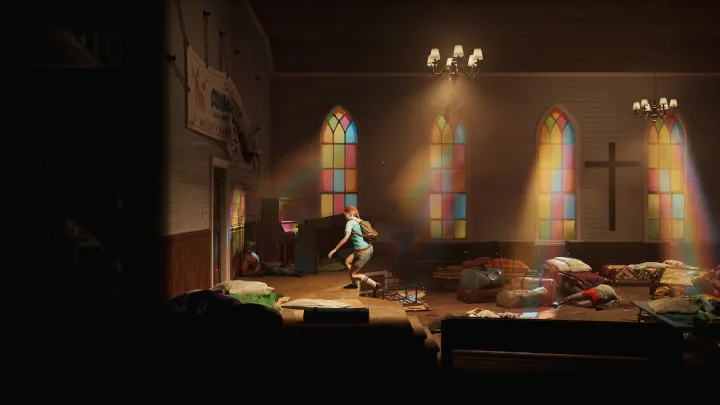
The future for a game like this would be filled with possibilities. Potential updates could introduce new biomes, new enemy types, and new survival challenges. The world could expand, revealing new parts of the city and new layers to its dark history. Into the Dead: Our Darkest Days would be a game that proves that even in a genre as crowded as the zombie apocalypse, there is still room for innovation, and that the best horror is often the one you can't see coming. The night is long, the city is vast, and the dead are hungry. The darkest days have just begun.









